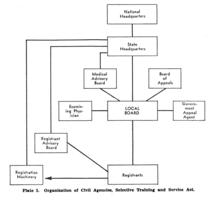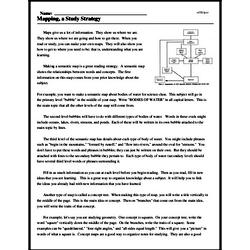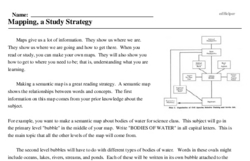Mapping, a Study Strategy
Maps give us a lot of information. They show us where we are. They show us where we are going and how to get there. When you read or study, you can make your own maps. They will also show you how to get to where you need to be; that is, understanding what you are learning.
Making a semantic map is a great reading strategy. A semantic map shows the relationships between words and concepts. The first information on this map comes from your prior knowledge about the subject.
For example, you want to make a semantic map about bodies of water for science class. This subject will go in the primary level "bubble" in the middle of your map. Write "BODIES OF WATER" in all capital letters. This is the main topic that all the other levels of the map will come from.
The second level bubbles will have to do with different types of bodies of water. Words in these ovals might include oceans, lakes, rivers, streams, and ponds. Each of these will be written in its own bubble attached to the main topic by lines.
The third level of the semantic map has details about each type of body of water. You might include phrases such as "begin in the mountains," "formed by runoff," and "flow into rivers," around the oval for "streams." You don't have to put these words and phrases in bubbles; they can just be written on their own. But they should be attached with lines to the secondary bubble they pertain to. Each type of body of water (secondary level) should have several third level words or phrases surrounding it.




